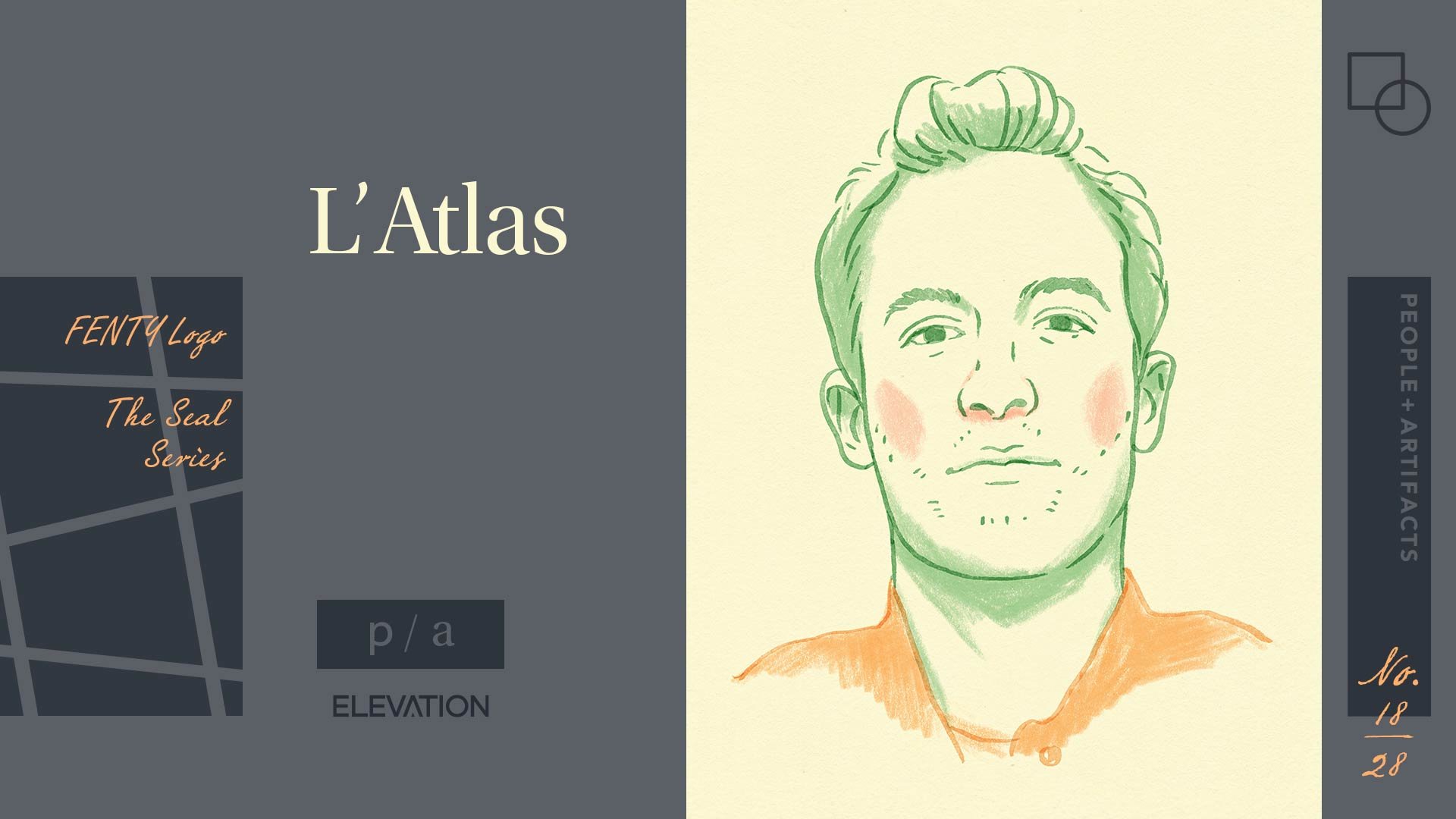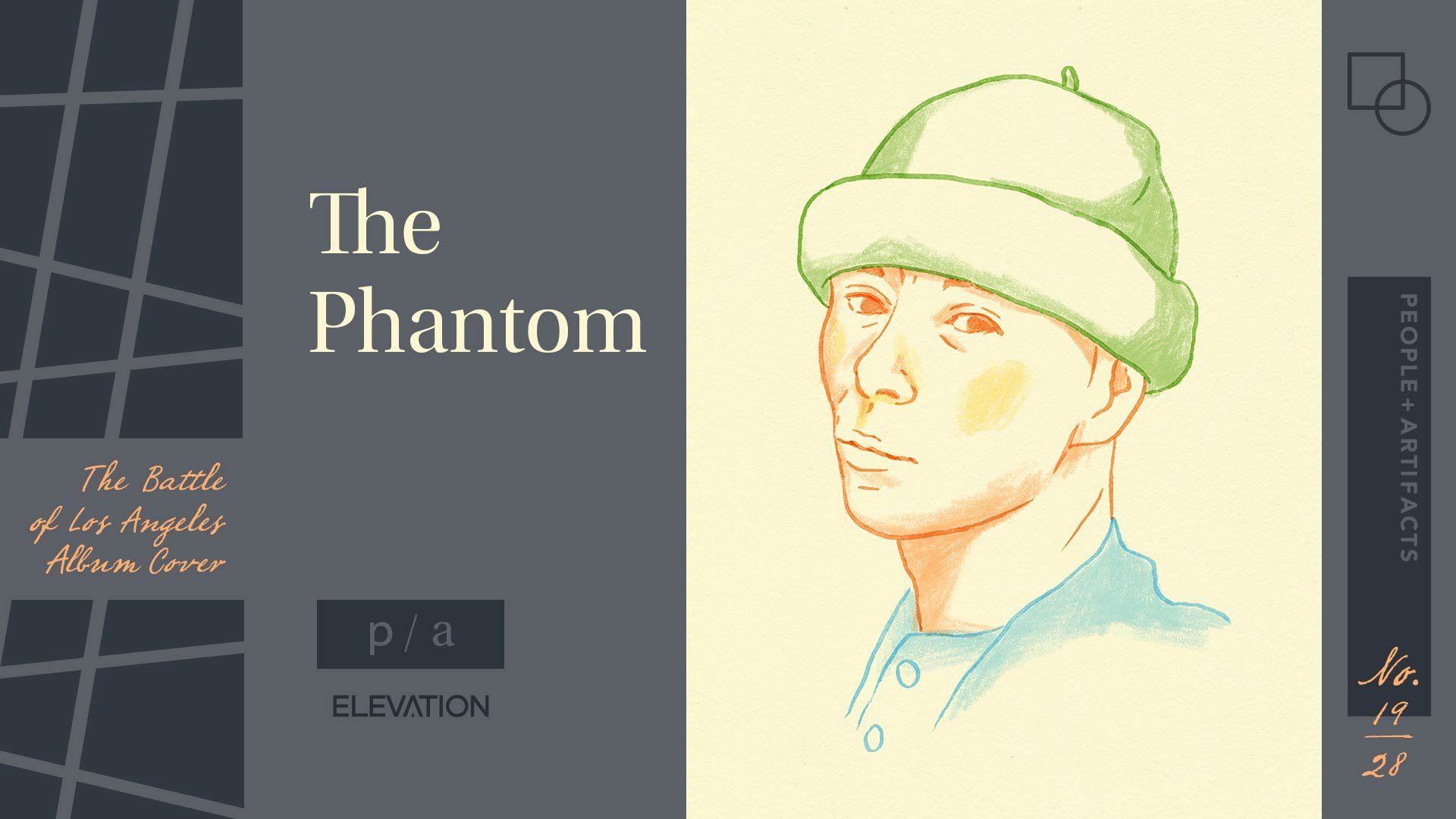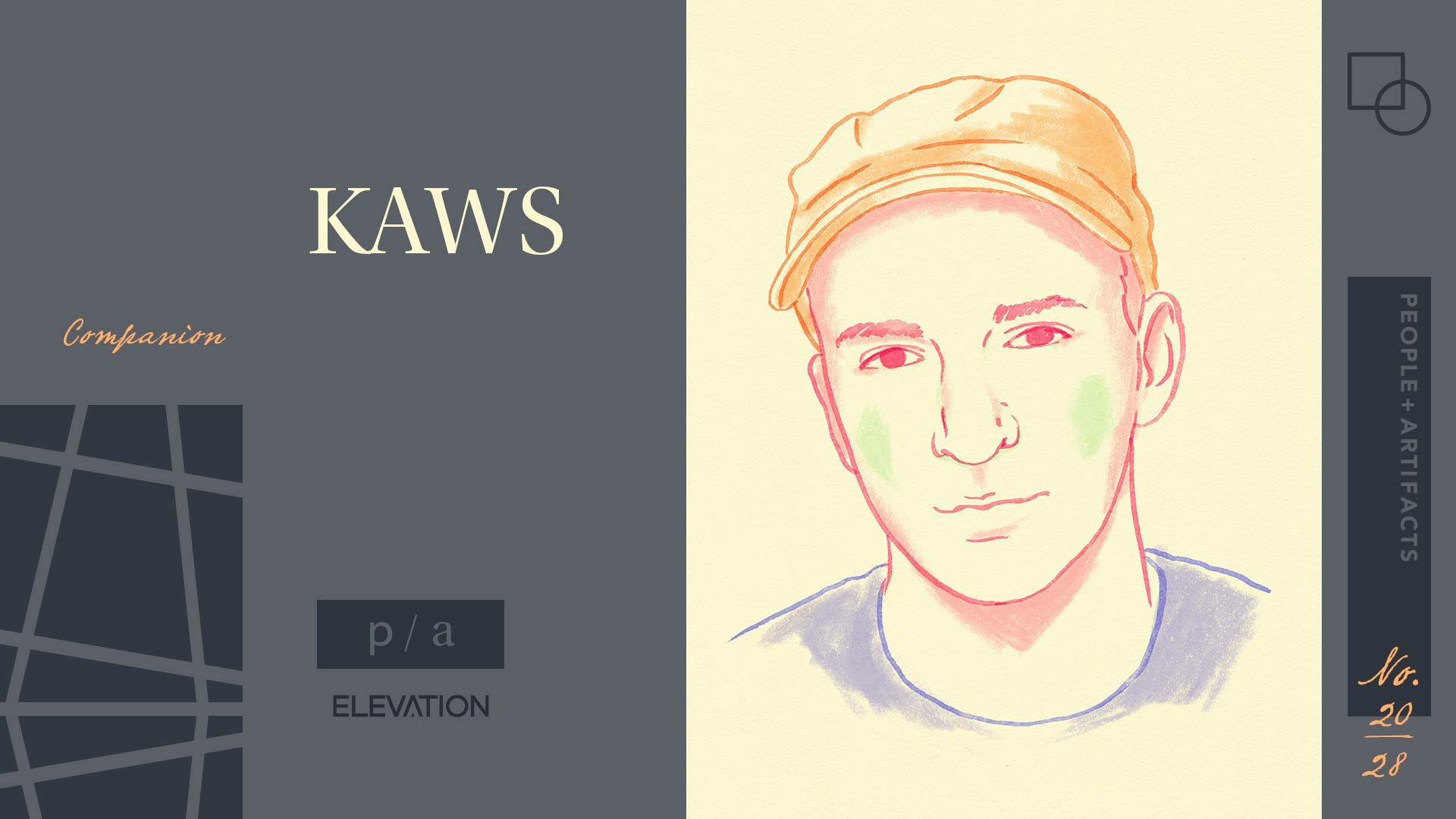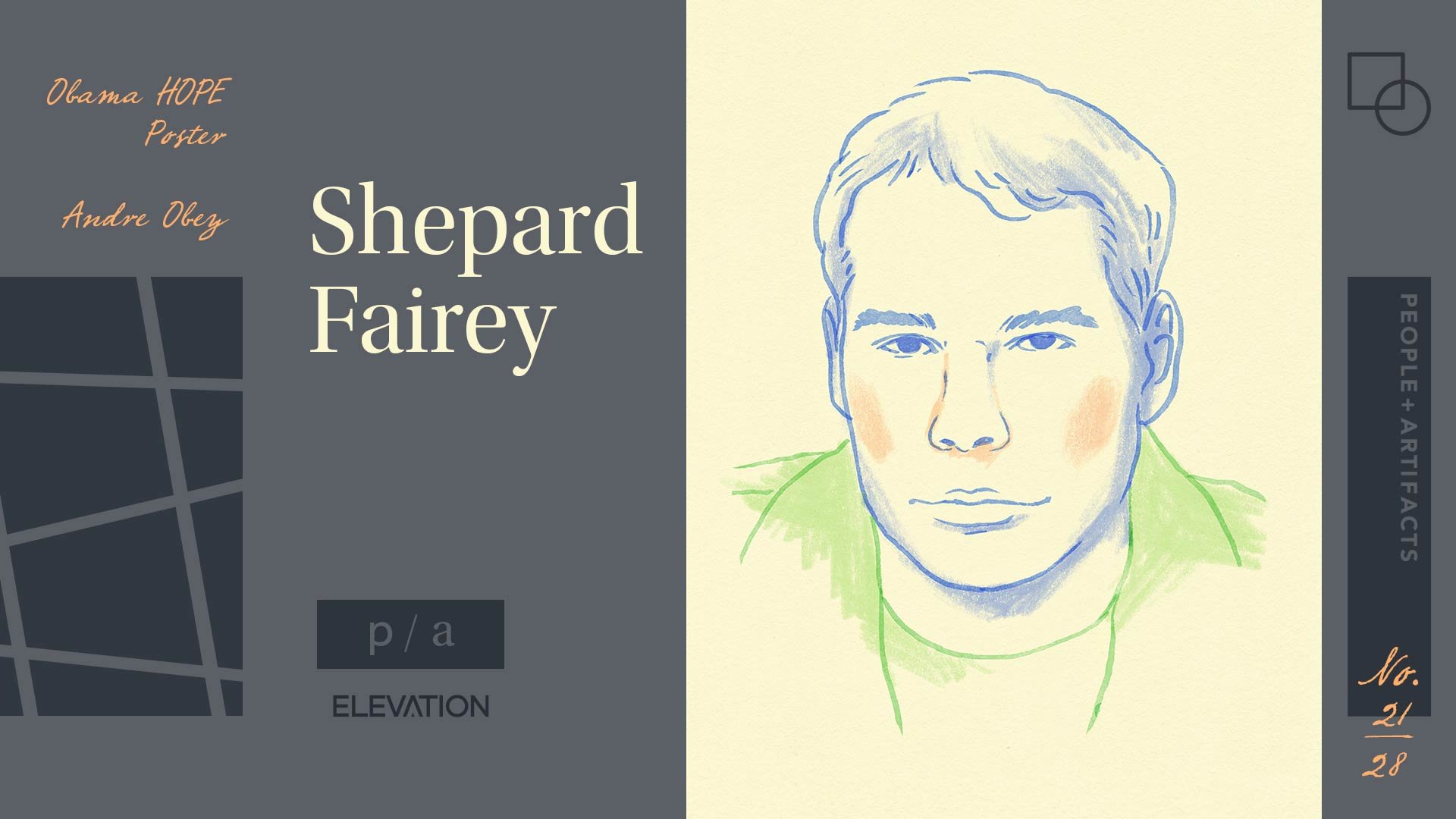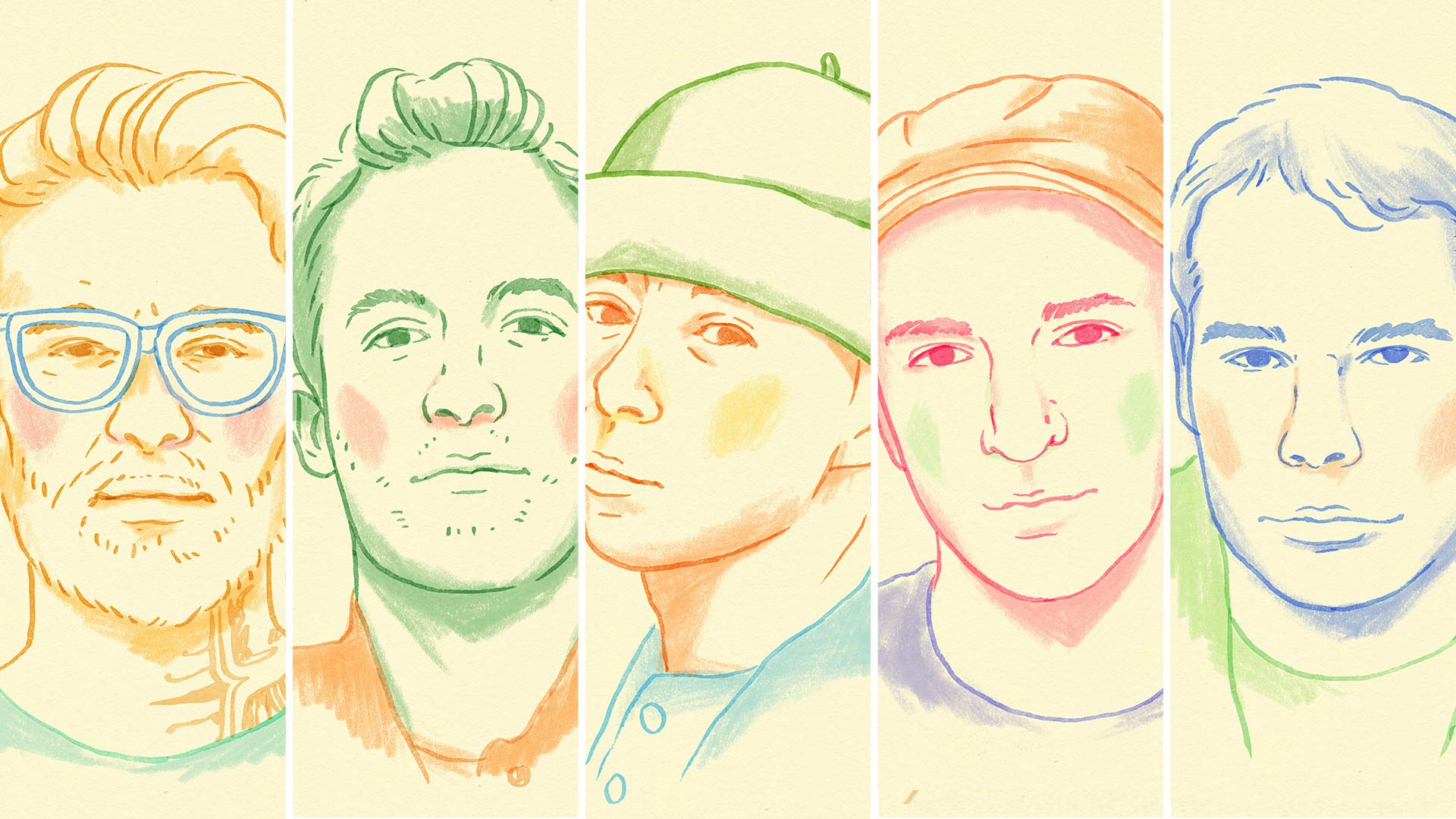
5 Street Artists Pioneering the Future of Design | People & Artifacts

Written by Dianne Frisbee
So far in People & Artifacts - A Design Deep Dive, we’ve focused on mainstream designers. Legends who have made a lasting impact in agencies, major corporations, and magazines. Well, enough with those squares.
It’s time to take things to the street.
Street art has a huge influence on the world of design. From graffiti murals to plastered posters, street art is inherently an act of rebellion. While some consider it illegal public defacement, street artists can transform urban landscapes while making a strong statement about the world.
And as we’ll see in this article, street art can end up being extremely lucrative, with several of these artists creating strong brands through their art.
Let’s examine five prominent street artists and see what lessons they have for the future of design.
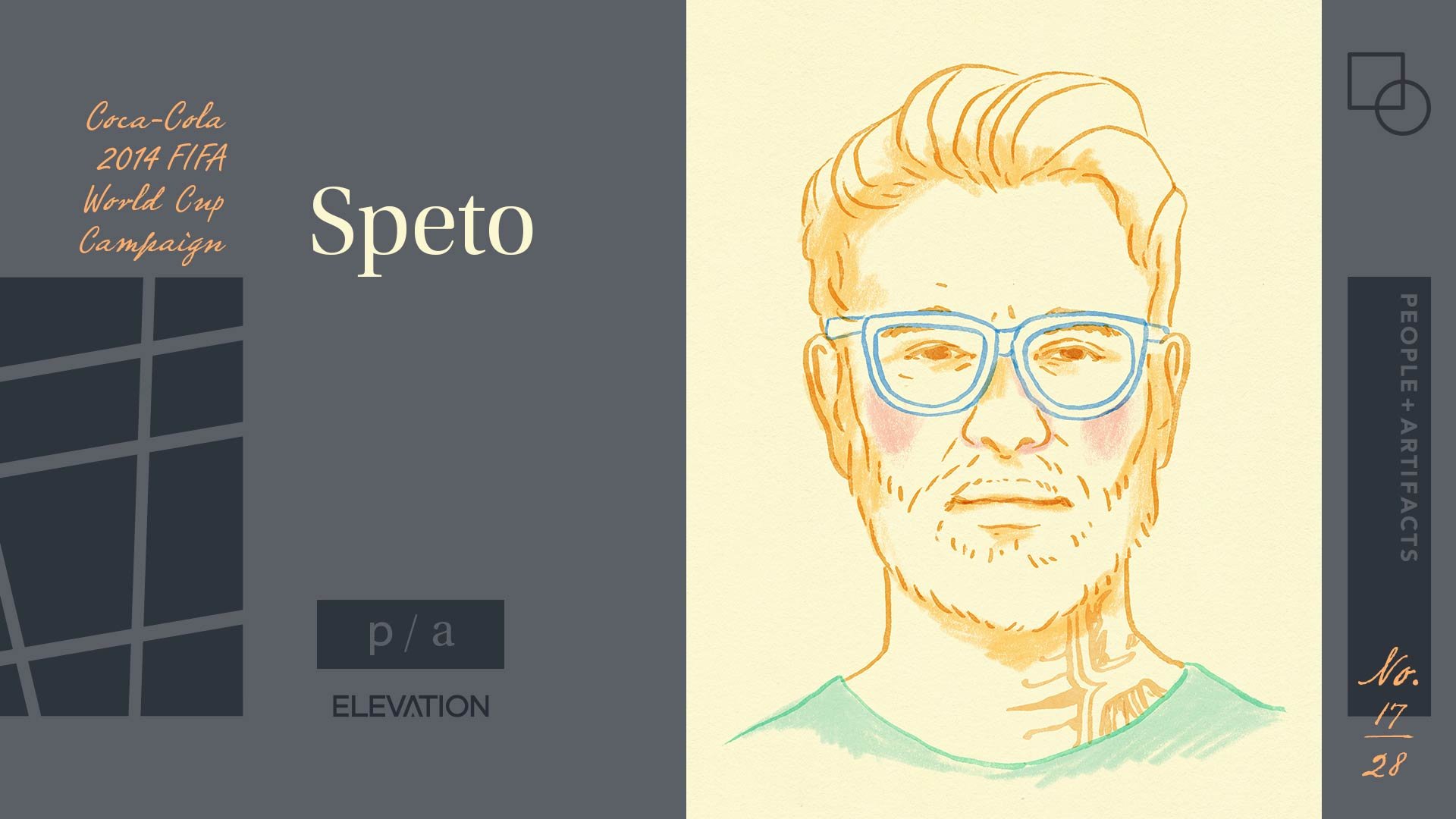
Speto (Paul Cesar Silva)
Notable Work: Don’t Choose Extinction, Urban Murals, 2014 Fifa World Cup
A native of São Paulo, Paul Cesar Silva grew up in a family that had two very different sides. “The two sides were a complete contrast from one another, and in a way, completely complementary.” Growing up in this environment has influenced Silva’s view on the world and work as an artist. “Putting opposites together, in harmony,” as Silva put it.
Silva got into art at the age of three as a way to spend time with his older brothers. “I love art, but it’s not my passion. I’m passionate about life and art is a way for me to express myself,” Silva said. After watching the movie Beat Street in 1985, Silva was inspired to pursue graffiti. “We watched the movie over and over and learned everything we know about graffiti from it… A week after watching it, I grabbed a can of spray paint and started painting my street. …And since then I just haven’t stopped.”
Silva’s love of punk music lead to taking up the name Speto, which is Portuguese for “sticks.” It’s an homage to Sid Vicious’ stick straight hair.
A self-taught artist, Speto is part of the Brazil’s first generation of graffiti artists. He’s worked with Brazilian bands O Rappa, Raimundos, and Planet Hemp, and he began to gain recognition in his home country in the 2000s, when graffiti started to be considered art. Speto even created the visual identity for the 2014 World Cup in Brazil.
Speto’s work can be found in over 15 countries.
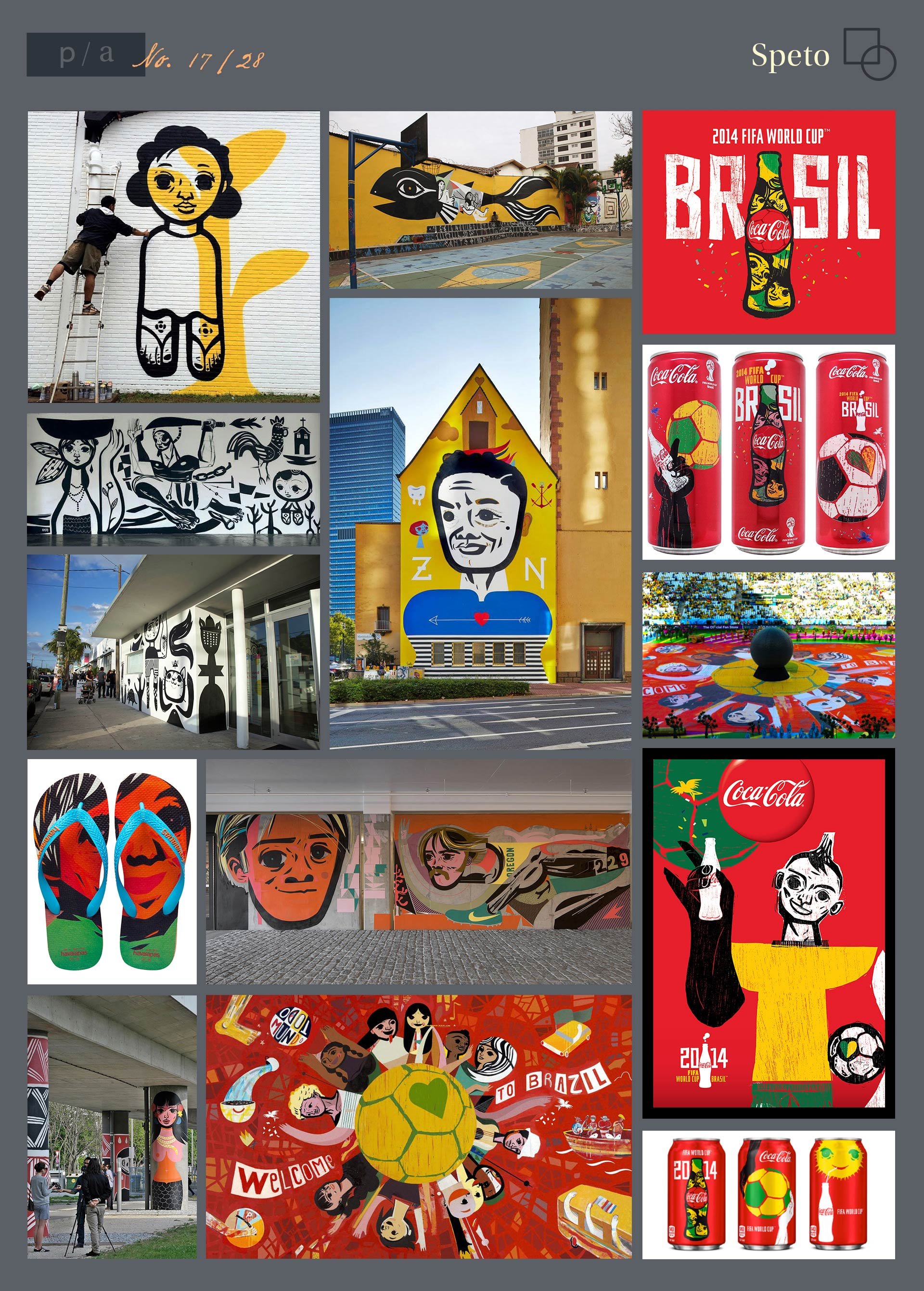
Style, Impact, and Observations
Citing inspirations ranging from Picasso to manga to Hanna Barbera, Speto reflects the great diversity of styles that coexist within Brazil. Discussing Brazil’s artistic tradition, Speto said “When we talk about the Brazilian root, I think that it is the diversity of the people. There are many different styles, [I think that] Brazilians are very detached from any tradition. This is a characteristic that is often positive, sometimes negative, but that sometimes makes us have a very original style. That is what happened in graffiti, this great diversity of styles.”
Using a technique similar to wood-carving, Speto’s describes his approach to graffiti “as a reflection of how I see the world.” When he worked with O Rappa, Speto would do live paintings during their concerts, which helped him develop a bold and sharp style that could be easily read from the back of the audience.
Speto is just the first example in our list demonstrating the connection between street art and activism. His Don’t Choose Extinction campaign has a strong message about climate change.
“I feel like we live in a world where everything is about profit, and this is killing our planet and our human side. Instead, we need to talk about climate change and our energy sources.”
Sources
https://togetherband.org/blogs/news/speto-brazil-artist
https://www.ilovemega.com/blog/speto-brazilian-street-art/
https://bubblegumclub.co.za/art/talking-about-walls-an-interview-with-speto/
L’Atlas (Jules Dedet Granel)
Notable Work: The Seal series
Bio
Born in France in 1978, Jules Dedet Granel studied calligraphy in several countries and became obsessed with the idea of creating a “universal pictorial language.” He got into graffiti at the age of 11. It’s possible there’s something lost (or gained) in translation from French, but his website aptly describes this as him “act(ing) radically in public space.”
L’Atlas became a prominent part of Paris’ graffiti scene in the 1990s. Appropriately, his work has made an impact around the globe, making its mark in Paris, Beijing, and Africa. For his first series of original paintings that he referred to as his “Seven Daughters,” L’Atlas “created canvases and planted them in cities across the world, from New Delhi to Venice.”
L’Atlas’ work can also be found in contemporary urban art galleries.
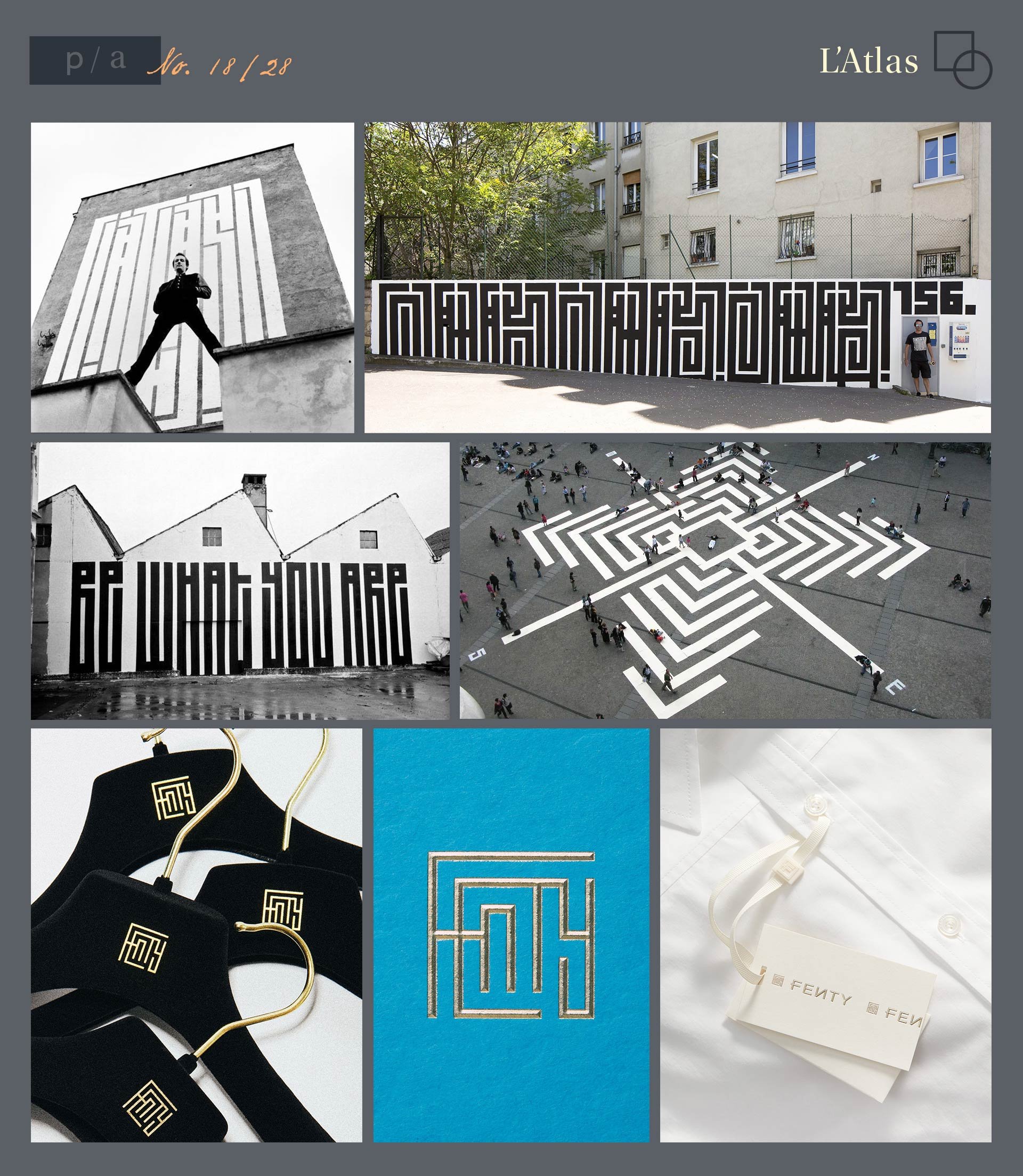
Style, Impact, and Observations
Both maze-like and iconic, L’Atlas blends calligraphic graffiti, geometric abstraction, and minimalism. According to Artsy.net, his work blends “the language of graffiti with the techniques of painting, while still traversing cosmopolitan space.”
Through simplicity, L’Atlas expresses the pure essence of the idea behind his work.
https://www.francetvinfo.fr/economie/emploi/metiers/art-culture-edition/l-atlas-nouveau-roi-du-street-art_2020768.html
https://en.wikipedia.org/wiki/L'Atlas
https://www.artsy.net/article/editorial-from-sidewalk-to-canvas-the-graphic-language
The Phantom (Joey Krebs)
Notable Work: The Battle of Los Angeles cover
Bio
Born in Queens in 1973, Joey Krebs has gone by many monikers. Caine 2. Jack’d in da Hood. However, he’s best known as The Phantom Street Artist. Krebs was the son of first generation immigrants from Equador. Growing up without a refrigerator to post pictures on, Phantom turned to street art to express himself. He found a group of mentors that became his street art family. An interview in Citizen LA describes this time as:
“They placed their angst on buildings, platforms, made their mark on exposed walls and it was called street art. It was the ’80’s, the height of the graffiti art movement, all the rage. So, that’s what they did. They could have done worse. They couldn’t do any better.”
After Phantom’s main mentor, Eddie Glowaski aka Caine 1, tragically died as he tried to avoid being robbed, Phantom joined a wrestling studio and moved to Los Angeles. There, he studied art at USC and UCLA without paying tuition. He just showed up to classes and no one said anything about it.
A rebel at heart, Phantom is probably best known for his work with Rage Against the Machine. He created the cover art for The Battle of Los Angeles, their first platinum album. He also helped creatively direct several of their music videos, and directed the MTV VMA winning videos for Bulls on Parade and Renegades of Funk.
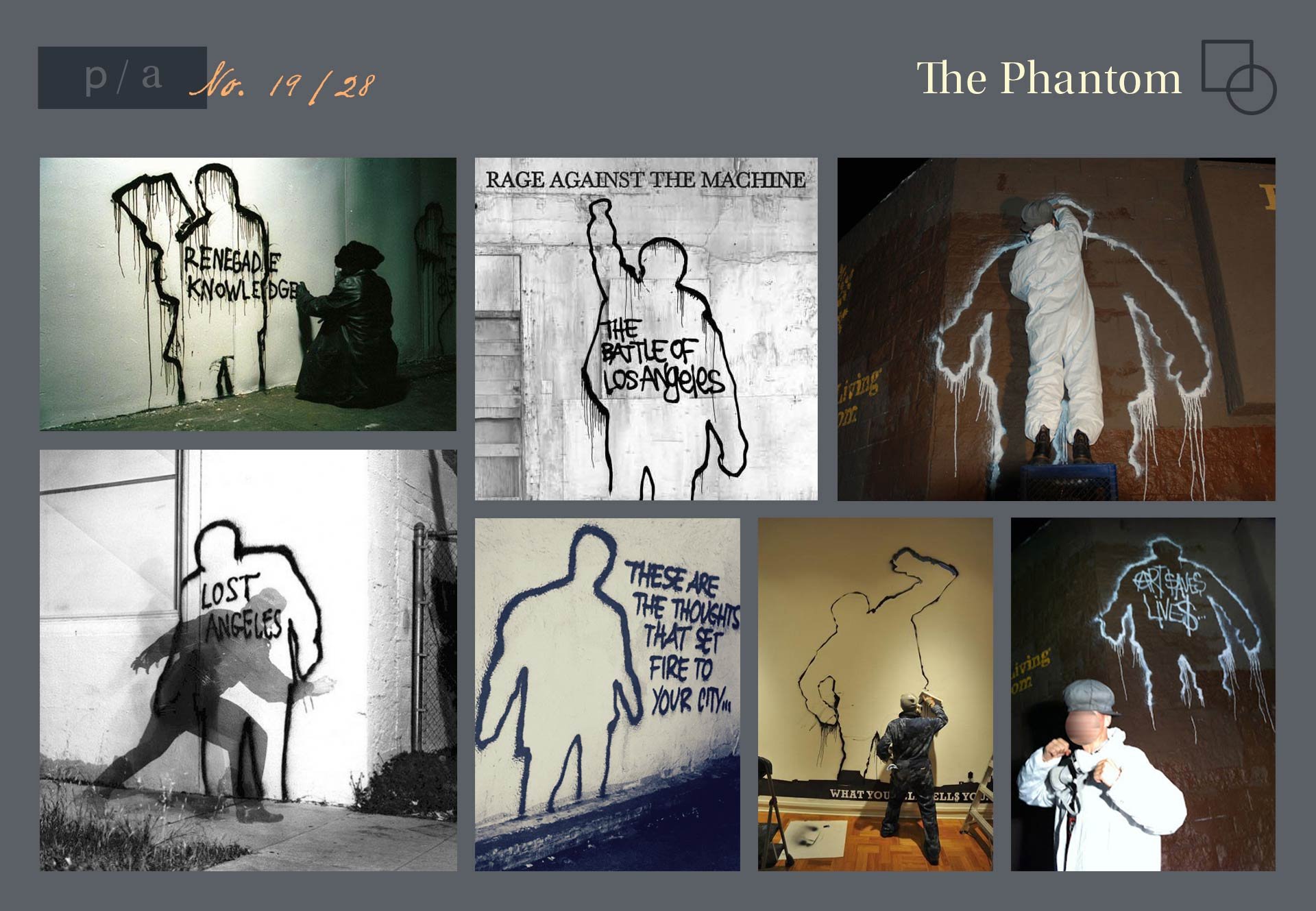
Style, Impact, and Observations
Transgressive, controversial, and iconoclastic, The Phantom Street Artist uses his art to attack mass media and artifice. Part street artist, part performance artist, Phantom has said that “satire, irony and political commentary are the tools of the oppressed.” The Phantom utilizes “the language of mass media” in order to subvert it. His work has a strong point of view and has been described as “biting commentary.”
In fact, The Phantom Street Artist has publicly called out another artist on this list: Shepard Fairey. Saying Fairey is the “poster boy for Big Brother,” Phantom challenged Fairey to a cage match. Phantom called Fairey’s work “not art, that’s brand promotion… Fairey has no right to steal from other artists and claim ownership of cultural icons to do it.”
The Phantom helps operate the non-profit Art Saves Lives, which benefits the homeless and unhoused.
https://www.themcla.org/about/our-team/joey-krebs-street-phantom
https://artsaveslives2.wordpress.com/the-street-phantom/
https://citizenla.com/rage-against-the-shepard-interview-joey-krebs/
http://myartspace-blog.blogspot.com/2009/03/phantom-street-artist-speaks-out.html
KAWS (Brian Donnelly)
Notable Work: Companion
Bio
After graduating from the School of Visual Arts in NYC, Brian Donnelly worked as a freelance animator at Jumbo Studios. Donnelly painted backgrounds for animated series such as Doug, Daria, and Disney’s 101 Dalmatians. However, he found his voice once he discovered street art in the 1990s. Some of his earliest works were subvertising, which is a practice of parodying existing advertising through graffiti.
Donnelly came up with the tag KAWS just because he liked how the letters looked together. The word KAWS has no further meaning.
While KAWS initially was living a double life — cartoons by day, illegal street art by night — he ended up blending those worlds to tremendous success. KAWS created a figurine of a character he calls Companion, which is a grim reinterpretation of Mickey Mouse with a skull. Companion became an instant success in the Art Toy world, and was even adapted into a balloon for the Macy’s Thanksgiving Day Parade in 2012.
KAWS is now best known for his cartoon sculptures, which range from collectable figurines to giant art installations. KAWS has cultivated a massive following online, and his figurines can sell for tens of thousands of dollars.

Style, Impact, and Observations
KAWS has a cartoony style, with signature exes on the eyes or hands of his characters. This distinctive trademark has enabled KAWS to reinterpret massive icons such as Mickey Mouse, Spongebob Squarepants, the Simpsons, or Darth Vader to make them feel like KAWS characters.
This flexibility has helped KAWS find both commercial and artistic success. KAWS has been one of the pioneers of a current branding trend: collaborations. KAWS has worked with Nike, Disney, Supreme, Dior, and even Sesame Street. Despite this prolific resume, KAWS has kept his work feeling elusive and valuable through limited edition releases.
KAWS has turned his street art into a luxury brand.
https://en.wikipedia.org/wiki/Kaws
https://www.lifestyleasia.com/sg/culture/the-arts/rare-kaws-figures-where-to-buy/
https://www.streetartbio.com/artists/kaws/
Shepard Fairey
Notable Work: Obama “Hope” poster, Andre Obey
Bio
Born and raised in Charleston, South Carolina, Frank Shepard Fairey was drawn to skateboarding and punk music. While in college, he created a sticker of Andre the Giant reading “Andre the Giant has a Posse.” He plastered the sticker all over New England, and it became his “first meme-worthy artwork.”
Fairey later iterated the sticker to say simply “Obey,” which sold more than a million copies. "The sticker has no meaning but exists only to cause people to react, to contemplate and search for meaning in the sticker,” says Fairey’s Obey Giant website.
Through his design agencies, Fairey had clients that ranged from The Smashing Pumpkins to Pepsi to politicians.
Shepard Fairey is indisputably the most famous street artist on this list, partially due to his iconic and ubiquitous poster “Hope” he created for Barack Obama during the 2008 Presidential campaign.
“When I did the Obama poster,” Fairey said, “I gained a new audience and lost a lot of the old. I was seen as sucking up to the evil system.”
While Fairey may represent the most mainstream version of street art, he still has a rebellious streak. He was arrested in 2015 for allegedly vandalizing over a dozen buildings in Detroit with images of Andre for a show in the city. A judge later dismissed the charges.
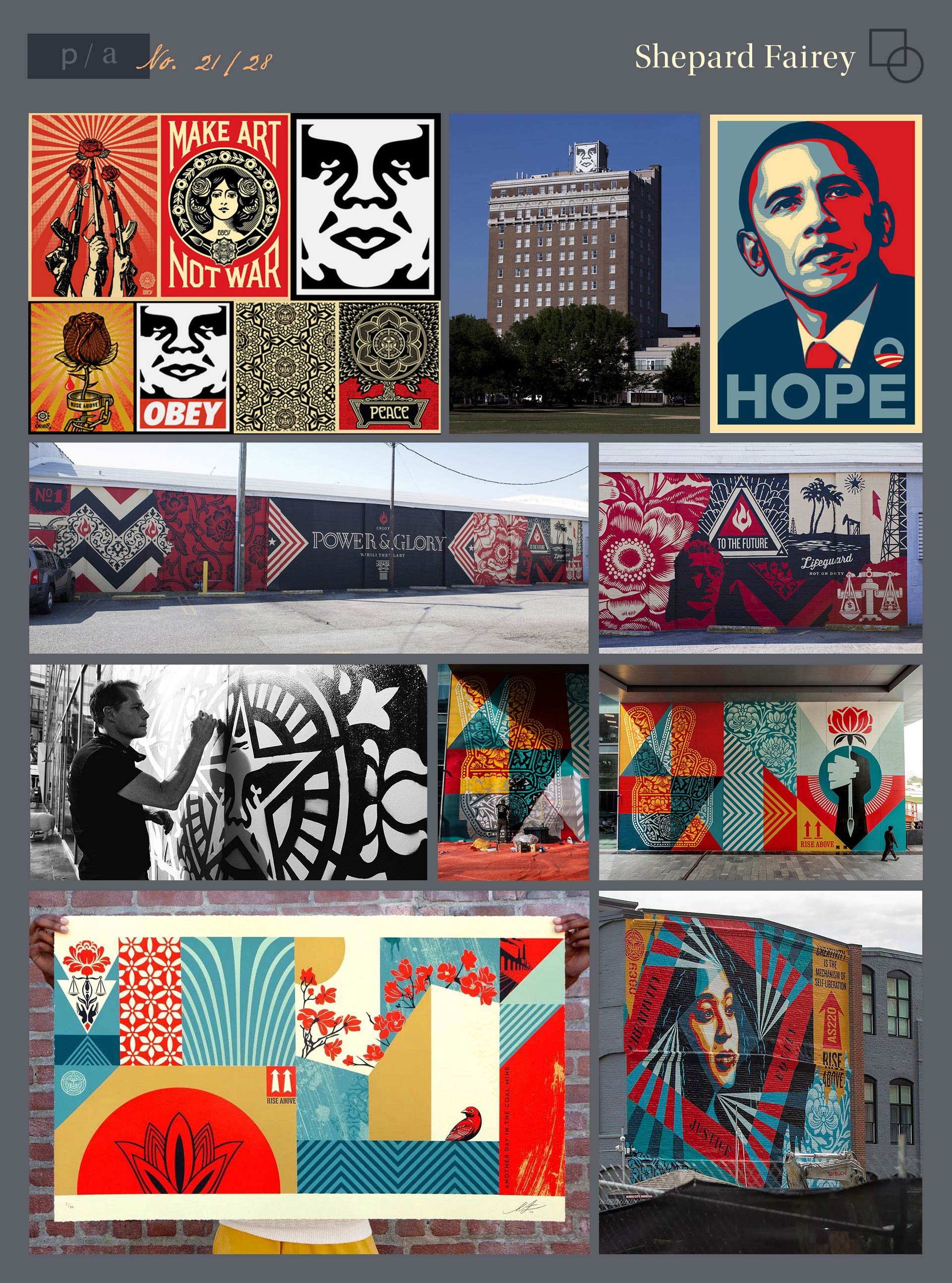
Style, Impact, and Observations
Famous for portraits and posters, Fairey describes his aesthetic as a “bold iconic style that is based on styling and idealizing images.” Combining graffiti, pop art, and commercial art, Fairey’s work primarily utilizes black, white, and red.
Despite mainstream and financial success, Fairey’s work still has a strong political message, exploring themes such as climate change, war, and racism.
Fairey’s use of existing copyrighted images within his work has lead to controversy and legal problems. He settled in a lawsuit with the Associated Press for using one of their photographs of Obama for the “Hope” poster. Fairey also got into hot water for destroying evidence in relation to that lawsuit.
https://www.nytimes.com/2017/11/03/arts/design/shepard-fairey-damaged-chinatown.html
https://www.britannica.com/biography/Shepard-Fairey
https://en.wikipedia.org/wiki/Shepard_Fairey
https://medium.com/fgd1-the-archive/obama-hope-poster-by-shepard-fairey-1307a8b6c7be
https://www.streetartbio.com/artists/shepard-fairey/
People & Artifacts - A Design Deep Dive
Artist profile illustrations by Tonia Yiu.
Be sure to check out the other entries in this series covering the history of design.

